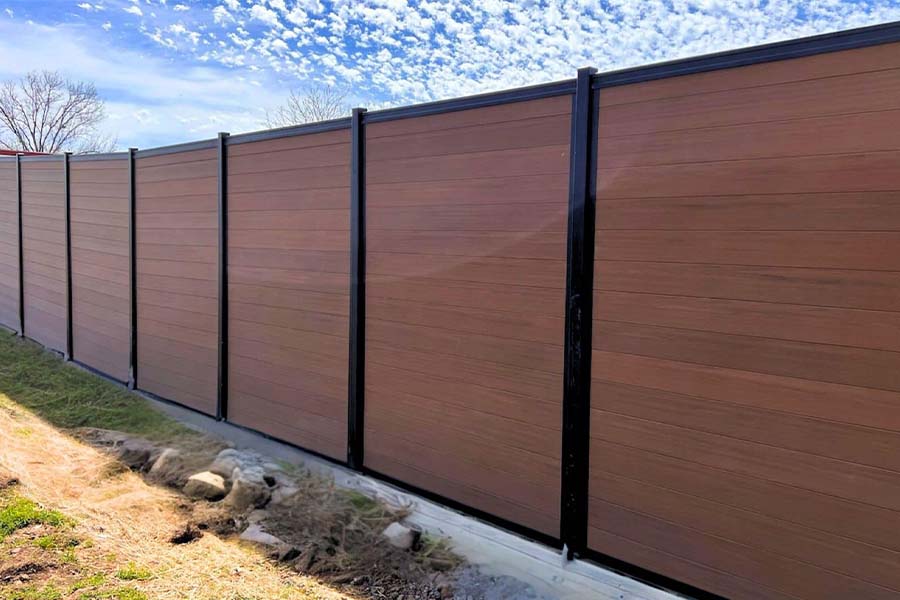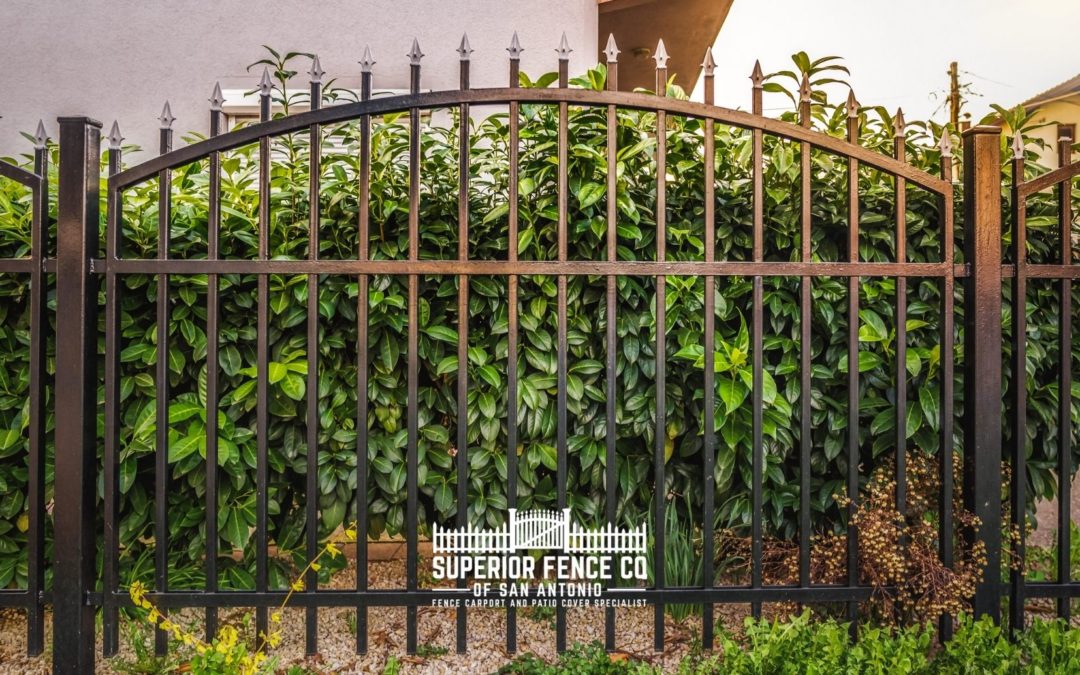All Categories
Featured
When it concerns maintaining a wooden fence, home owners commonly deal with the decision of whether to repaint or tarnish. Both alternatives have their disadvantages and pros, and the choice eventually depends on your aesthetic choices, the type of timber, and just how much upkeep you're ready to commit to. Right here's a thorough comparison to aid you make a notified choice.
The Fundamentals of Paint and Staining
Painting includes covering the timber with a nontransparent layer of color. It gives total coverage, concealing the wood grain while supplying exceptional protection versus ecological aspects.
Discoloring passes through the timber, enhancing its natural elegance while including a protective layer. Depending on the type, spots can vary from transparent to strong, enabling varying degrees of wood grain visibility.
Advantages And Disadvantages of Painting
Pros:
Wide Array of Color styles: Paint offers limitless color alternatives, allowing you to match your fence to your home's exterior or personal design.
Longer Lasting: Premium outside paint can last approximately 5-7 years, requiring much less regular reapplication.
Superior Security: Repaint types a thick, strong barrier against moisture, UV rays, and parasites.
Cons:
Peeling and Splitting: Over time, paint can break or peel, particularly in locations with severe weather.
Hides Natural Wood Beauty: If you enjoy the all-natural grain of wood, paint may not be the most effective choice.
Higher Maintenance: Repainting needs removing the old paint, which can be labor-intensive.
![]()
Benefits And Drawbacks of Staining
Pros:
Natural Appearance: Spots preserve and enhance the all-natural elegance of the wood, making it suitable for high-quality lumber like cedar or redwood.
Much Easier to Reapply: Unlike paint, spots do not crack or peel. Reapplying stain typically needs less surface area prep work.
Adaptable Finish Options: Spots come in transparent, semi-transparent, and solid ranges, using various levels of coverage.
Cons:
![]()
Shorter Lifespan: Discolorations, especially clear and semi-transparent ones, might require reapplication every 2-3 years.
Minimal Shade Options: While spots provide all-natural tones, they do not have the wide color combination available with paint.
Less Protective: Discolorations pass through the timber yet do not give as thick a barrier as paint, making them slightly much less protective against severe weather condition.
Elements to Take Into Consideration
Aesthetic Preferences: If you desire dynamic shades and full coverage, paint is the method to go. For a natural and rustic appearance, choose for tarnish.
Timber Kind: High-quality woods with gorgeous grains benefit from discoloration, while lower-grade woods can be painted for a sleek look.
![]()
Environment: In moist or damp climates, paint's thicker obstacle might supply far better defense. In modest or completely dry climates, stains can be adequate.
Upkeep Commitment: Paint entails much less regular reapplication yet more initiative throughout touch-ups. Discoloration calls for normal maintenance but is simpler to take care of.
Final Ideas
Both paint and discoloration can successfully secure and beautify your wood fencing. The best choice depends on your concerns, whether they lean toward appearances, durability, or convenience of maintenance. By recognizing the benefits and drawbacks of each, you can pick the finish that aligns with your needs and ensures your fence stays a standout attribute of your residential or commercial property for years to find.
The Fundamentals of Paint and Staining
Painting includes covering the timber with a nontransparent layer of color. It gives total coverage, concealing the wood grain while supplying exceptional protection versus ecological aspects.
Discoloring passes through the timber, enhancing its natural elegance while including a protective layer. Depending on the type, spots can vary from transparent to strong, enabling varying degrees of wood grain visibility.
Advantages And Disadvantages of Painting
Pros:
Wide Array of Color styles: Paint offers limitless color alternatives, allowing you to match your fence to your home's exterior or personal design.
Longer Lasting: Premium outside paint can last approximately 5-7 years, requiring much less regular reapplication.
Superior Security: Repaint types a thick, strong barrier against moisture, UV rays, and parasites.
Cons:
Peeling and Splitting: Over time, paint can break or peel, particularly in locations with severe weather.
Hides Natural Wood Beauty: If you enjoy the all-natural grain of wood, paint may not be the most effective choice.
Higher Maintenance: Repainting needs removing the old paint, which can be labor-intensive.

Benefits And Drawbacks of Staining
Pros:
Natural Appearance: Spots preserve and enhance the all-natural elegance of the wood, making it suitable for high-quality lumber like cedar or redwood.
Much Easier to Reapply: Unlike paint, spots do not crack or peel. Reapplying stain typically needs less surface area prep work.
Adaptable Finish Options: Spots come in transparent, semi-transparent, and solid ranges, using various levels of coverage.
Cons:

Shorter Lifespan: Discolorations, especially clear and semi-transparent ones, might require reapplication every 2-3 years.
Minimal Shade Options: While spots provide all-natural tones, they do not have the wide color combination available with paint.
Less Protective: Discolorations pass through the timber yet do not give as thick a barrier as paint, making them slightly much less protective against severe weather condition.
Elements to Take Into Consideration
Aesthetic Preferences: If you desire dynamic shades and full coverage, paint is the method to go. For a natural and rustic appearance, choose for tarnish.
Timber Kind: High-quality woods with gorgeous grains benefit from discoloration, while lower-grade woods can be painted for a sleek look.

Environment: In moist or damp climates, paint's thicker obstacle might supply far better defense. In modest or completely dry climates, stains can be adequate.
Upkeep Commitment: Paint entails much less regular reapplication yet more initiative throughout touch-ups. Discoloration calls for normal maintenance but is simpler to take care of.
Final Ideas
Both paint and discoloration can successfully secure and beautify your wood fencing. The best choice depends on your concerns, whether they lean toward appearances, durability, or convenience of maintenance. By recognizing the benefits and drawbacks of each, you can pick the finish that aligns with your needs and ensures your fence stays a standout attribute of your residential or commercial property for years to find.
Latest Posts
Uncover the Montclare Expertise - Top-Quality Auto Service
Published Apr 20, 25
2 min read
Discover the Montclare Promise - Trusted Auto Care
Published Apr 20, 25
2 min read
Montclare Auto Repair: Your Go-To Shop for Brake & Engine Repairs
Published Apr 20, 25
2 min read